Statutory: Rural Interstate freeways
Statutory: Rural expressways and urban state and Interstate freeways
Not a statutorily defined limit
Statutory: Other roads
Statutory: Residential or business districts
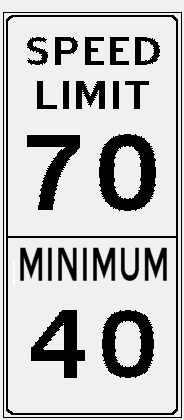
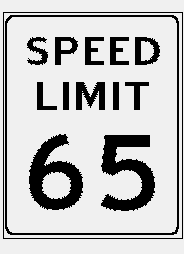
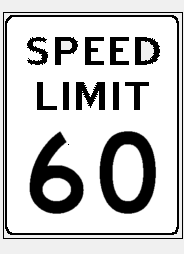
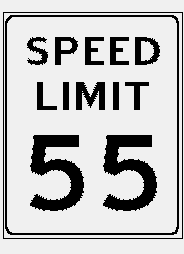
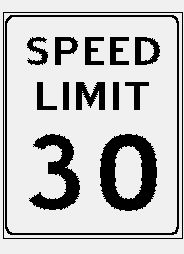
Highway ConstructionStandards
Freeways. Besides the Interstate system of
Outside the Twin Cities metropolitan area, MnDOT constructsmajor connecting state highways to "expressway"standards, divided highways with limited access but at-gradeintersections except (sometimes) around towns where there may beinterchanges. Roads constructed to this standard for asignificant length include U.S. 10 from Moorhead to theTwin Cities; U.S. 53 from Duluth to Virginia; U.S. 2from East Grand Forks to east of Bemidji; MN-60from Worthington to Windom, and from Windom to U.S. 169; U.S.61 from I-90 south of Winona to Wabasha (and a new segmentfrom Red Wing northwest to the junction with MN-316), U.S. 14 between Mankato and Rochester, except for the freeway sections mentioned above, and U.S.169 from Mankato to Shakopee (where it becomes a freeway) andfrom Elk River to Lake Mille Lacs. Shorter segments of expresswayon other routes exist as well. MN-371is now expressway from the end of the freeway segment north of Little Falls toBrainerd, and then from Brainerd to Pequot Lakes. MN-23 is being upgraded betweenWillmar and St. Cloud.
Traffic Laws
Speed Limits. Statutory and MnDOT-established speedlimits are:
Statutory: Rural Interstate freeways | Statutory: Rural expressways and urban state and Interstate freeways | Not a statutorily defined limit | Statutory: Other roads | Statutory: Residential or business districts |
| Most rural interstates posted at 70 mph with 40 mph minimum*. Not posted on other types of highways. | Most expressways outside immediate urban areas so posted. Also, some metro-area freeways outside 494-694 loop. | Thanks to a 2014 law, which required MnDOT to conduct a statewide study of the appropriate speed on two-lane state highways, about 81 percent of two lane state highways now have this speed limit. Also commonly seen on freeways outside the downtown cores in the Twin Cities. | Most 2-lane and county roads, and metro freeways inside 494-694 loop (also through Duluth and Rochester) except for state highways raised to 60 mph. | Most urban streets have this limit. Cities can post 25 mph limits if they meet certain requirements, but these are relatively rare. |
|
|
|
|
|
*The indicated minimum speed is not set by statute, butall sections of interstate posted at 70 mph have a 40 mph minimum(see discussion below).
Minimum speeds are posted along most miles of interstatefreeway. The usual minimum posted is 40 mph, but both I-35W andI-35E crossing the Minnesota River valley have lower minimumspeeds of 30 or 35 mph posted. It may have to do with makingthese freeways accessible to slow trucks to cross the rivers,which lie in a deep valley. Stranger yet is the fact that thesouthbound I-35E minimum speed at the Minnesota River is 30 mph,while northbound it is 35 mph.
Lights on...wipers on. Minnesota is one of a handful ofstates that requires use of headlights whenever rain or snowconditions require the use of wipers.
Seat belts. Enforcement of this law is only as asecondary offense, rather than as a primary offense. The fine is$25 for violations.
Point forgiveness for speeding. During the day of the55 mph speed limit, the Minnesota Legislature enacted a provisionthat speeding violations of up to 10 mph over that limit wouldnot result in reporting of the violation to insurance companiesor accumulating points toward license suspension. This provisionis still on the books, but a careful reading of the law since itsrevision to incorporate the new speed limits indicates that itonly applies when the statutory limit is 55 mph; that is,only on 2-lane highways. Even though the metro freeways are stillmarked 55 mph, the statutory limit is 65, with the lower speedimposed as the result of a speed study. I would guess manymotorists still believe the old law applies.
DWI. Minnesota is the last state to lower the legalblood alcohol level from 0.10 to 0.08 percent. The 2004legislature enacted a law to lower the BAC, but the law did nottake effect until July 1, 2005 (the last day to qualify forrefunds of lost Federal highway funds).
Returnto Minnesota Highways Home Page.
| Originally uploaded December 19, 1997 | Last updated December 31, 2021 |